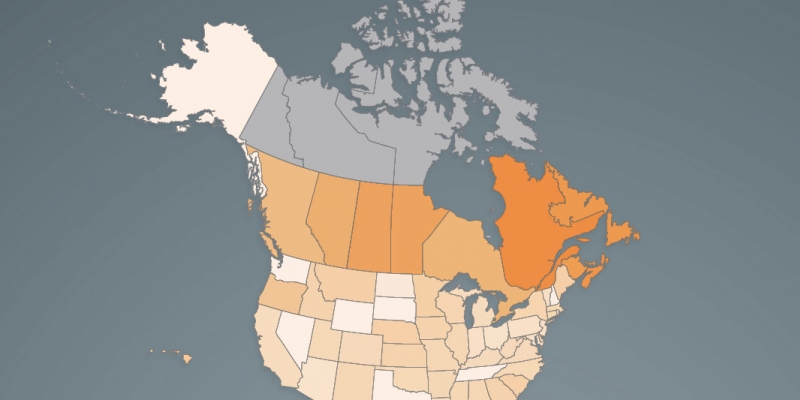
Grady Munro
– Policy Analyst, Fraser Institute
Policy Analyst, Fraser Institute
Grady Munro is a Policy Analyst at the Fraser Institute. He holds a Bachelor of Arts in Economics from Macalester College in Minnesota, and a Master’s Degree in Public Policy at the University of Calgary. Mr. Munro’s commentaries have appeared in the Toronto Sun, Halifax Chronicle Herald, and Vancouver Province. His research focuses on government spending, debt, and taxation.
Recent Research by Grady Munro
— Apr 9, 2024
 Read the Full Report
Read the Full Report View the Infographic - Income Tax Rate at CA$50,000
View the Infographic - Income Tax Rate at CA$50,000 View the Infographic - Income Tax Rate at CA$50,000 (Atlantic Canada)
View the Infographic - Income Tax Rate at CA$50,000 (Atlantic Canada) View the Infographic - Income Tax Rate at CA$75,000
View the Infographic - Income Tax Rate at CA$75,000 View the Infographic - Income Tax Rate at CA$75,000 (Atlantic Canada)
View the Infographic - Income Tax Rate at CA$75,000 (Atlantic Canada) View the Infographic - Income Tax Rate at CA$150,000
View the Infographic - Income Tax Rate at CA$150,000 View the Infographic - Income Tax Rate at CA$300,000
View the Infographic - Income Tax Rate at CA$300,000 Read the News Release - Canada
Read the News Release - Canada Read the News Release - Atlantic Canada
Read the News Release - Atlantic Canada
— Mar 26, 2024



